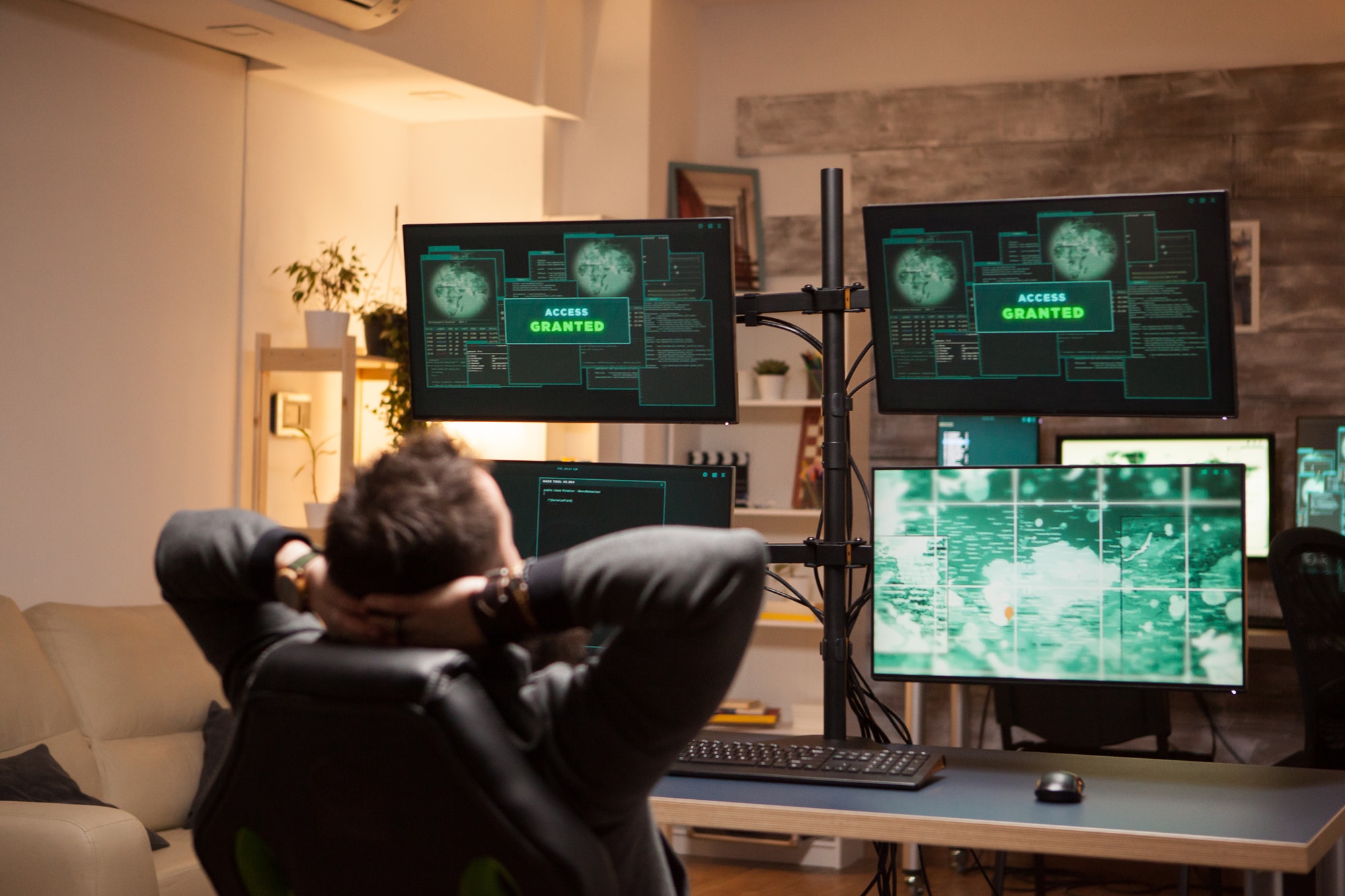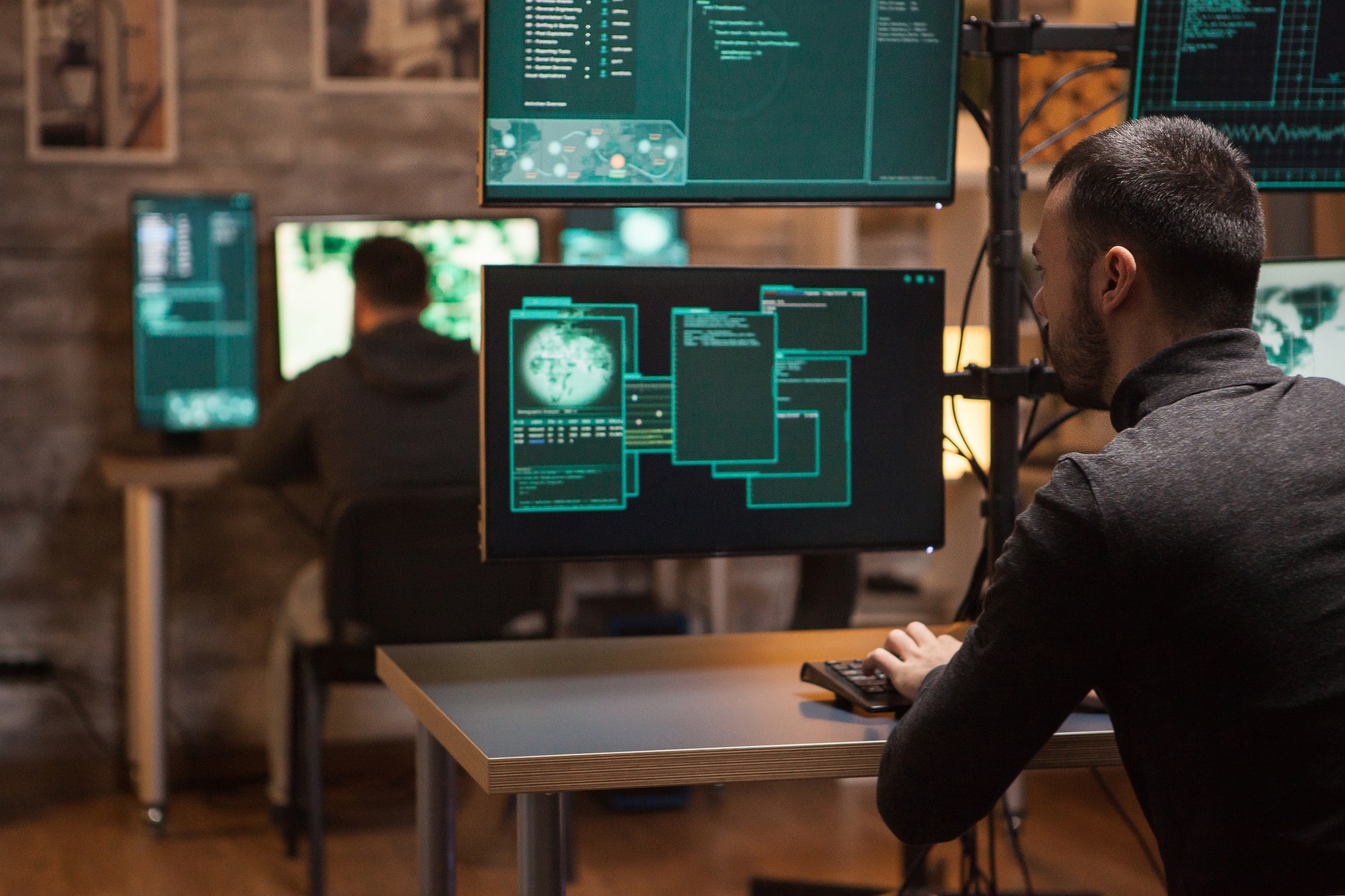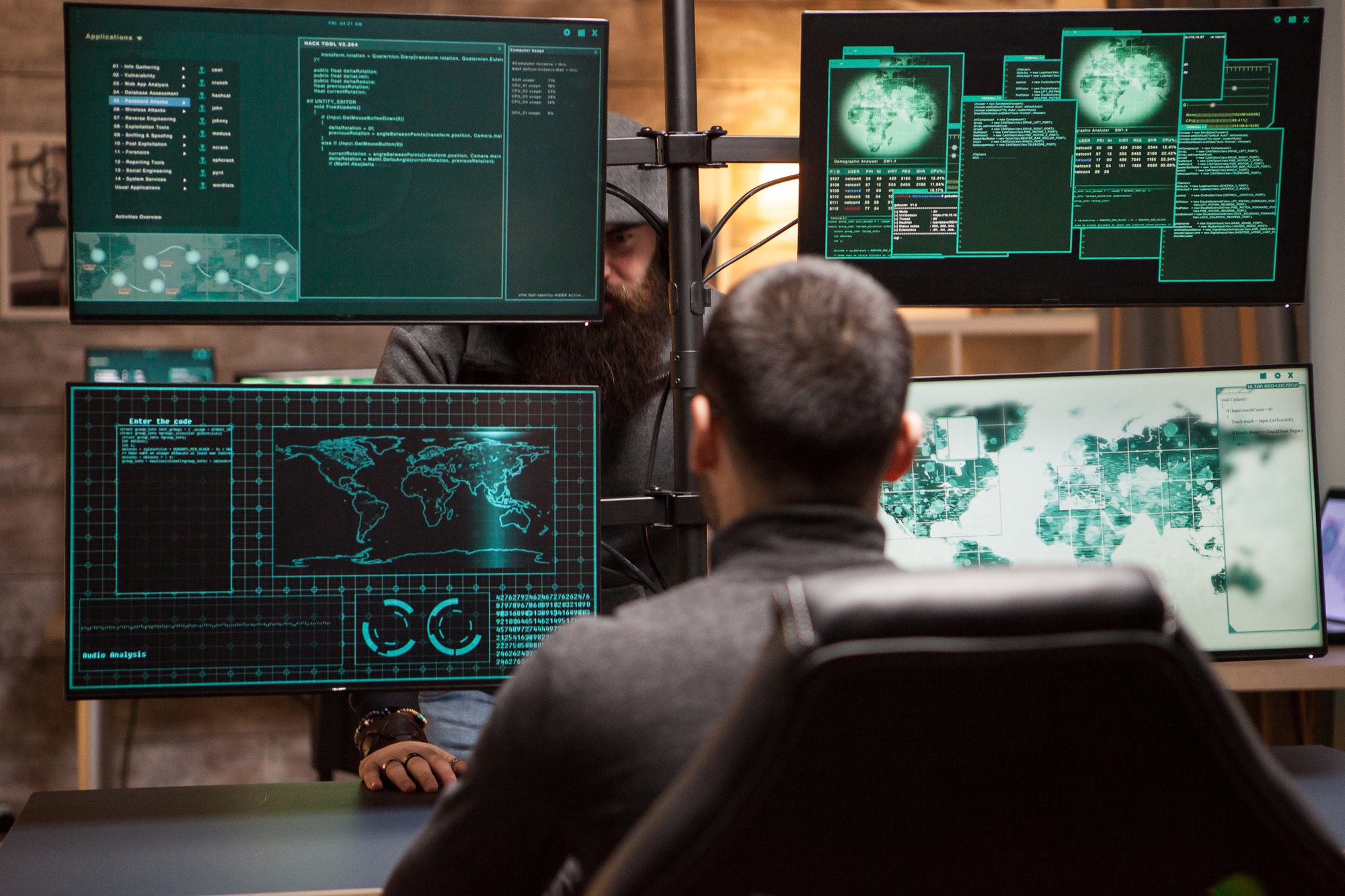PREVENTION TECHNIQUES IN CYBER ATTACKS
Various precautions must be taken to protect your equipment, networks, and data against unauthorized access, theft, and damage in order to prevent cyber-attacks. The following are some top tips for avoiding cyber-attacks:
- USE A SOLID PASSWORD:Every account should have a strong, one-of-a-kind password to minimize the chance of a cyber-attack and account hack. Make two-factor authentication available.
- UPDATING SOFTWARE: The risk of a cyber-attack will be decreased by routinely updating the operating system, applications, and software with the most recent security patches.
- APPLICATION OF ANTIVIRUS AND ANTI-MALWARE SOFTWARE: A crucial tool for defending your computer or device against a variety of online threats, such as viruses, malware, spyware, and other harmful software, is antivirus software. The methods that antivirus software can support cyber security are as follows:
- A. Recognize and eliminate malware
- B. Real-time Security
- C. Email security
- D. Web Security
- E. Firewall security
4. FIREWALL USE: A firewall is a piece of network security equipment that keeps an eye on and manages incoming and outgoing network traffic in accordance with pre-established security rules. It serves as a firewall between your internal network and the internet, defending your devices and data from viruses and other online dangers.
5.ENCRYPTION USE:
Encryption is a method for protecting sensitive data by encoding it into a form that can only be read with the proper decryption key.
Encryption can protect sensitive data at rest, such as stored files and databases, as well as data in motion, such as data transmitted over networks. Sensitive data is protected by encryption from unauthorized access, interception, and manipulation.





